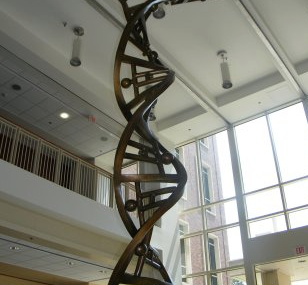New Scientist
Image: jbokor
The DNA of ancient viruses first spotted in the Neanderthal genome have now been identified in modern humans – although whether they cause disease is not yet clear.
In 2010, researchers unveiled the genomes of two extinct groups of human – the Neanderthals and the Denisovans. This revealed that some humans share a few per cent of their DNA with their extinct cousins. Ever since, geneticists have been poring over the ancient DNA sequences for an insight into Stone Age life.
Last year, Jack Lenz’s team at the Albert Einstein College of Medicine in New York began looking for signs of endogenous retroviruses in the ancient genomes, a class of virus that not only invades cells but worms its way into DNA. These retroviral gene sequences make up about 8 per cent of the human genome, and are part of what is sometimes called “junk” or non-coding DNA because they don’t contain genetic instructions to make proteins.
Lenz found 14 retroviral gene sequences in the Neanderthal and Denisovan DNA. When he compared this to the human genome used as a standard reference, he found that none of the sequences overlapped – in other words, it seemed that modern humans did not share this endogenous retroviral DNA with their extinct cousins. Read more on newscientist.com…








